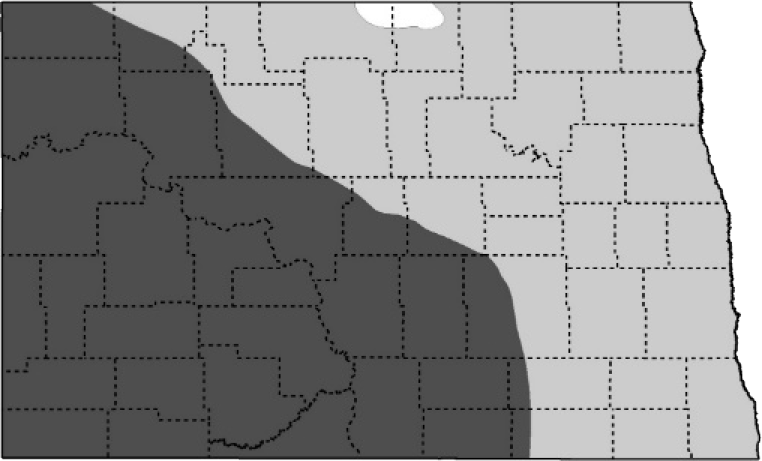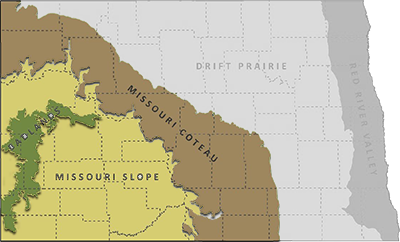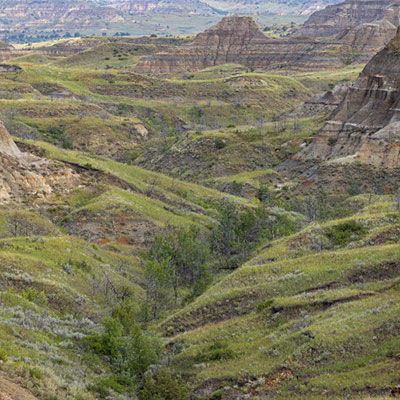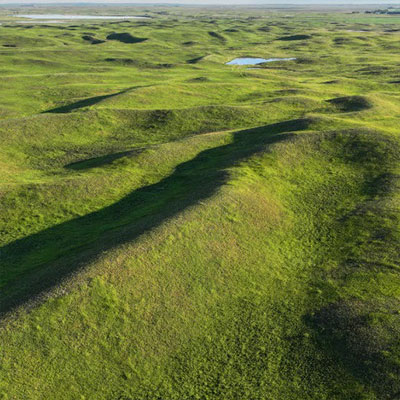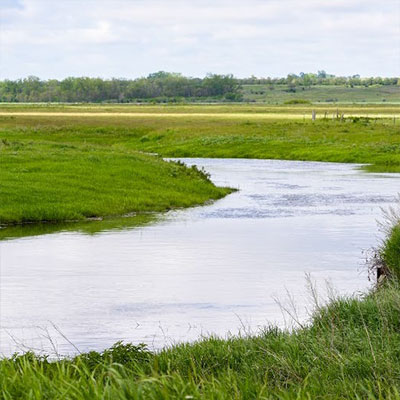Loggerhead Shrike
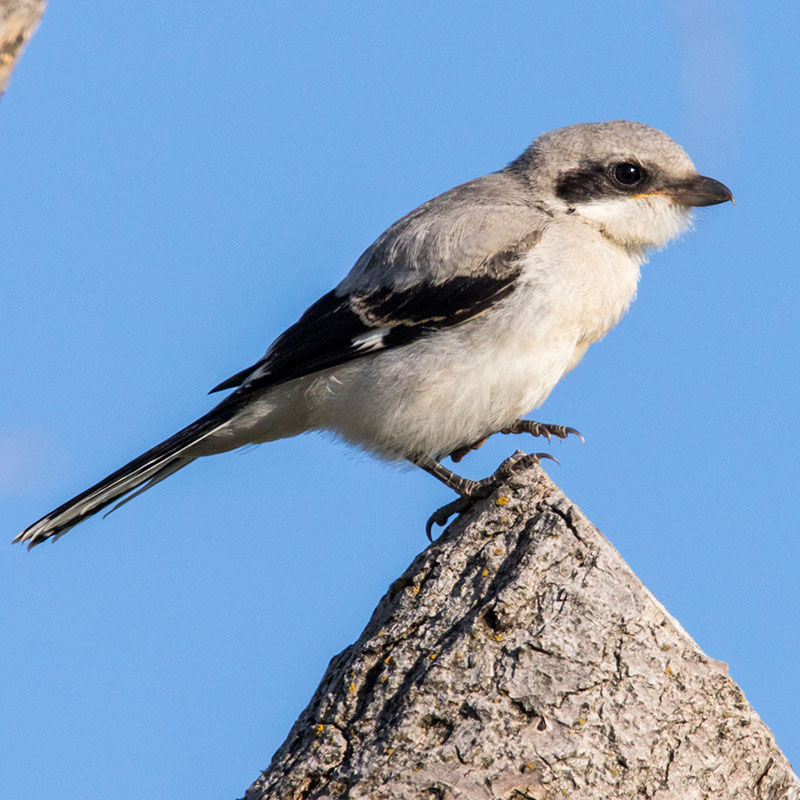
NDGF
L 9”, WS 12”, 1.7 oz. Gray body, black wings, white wing patch, black eye mask and white throat.
Status in North Dakota
Occurs in North Dakota from mid-March to late September. Peak breeding season early May to mid-July.
Reason for SWAP Designation
Regionally or globally imperiled (SGCN a.).
ND ranks 17th out of 31 states for highest percent of the global population during the breeding season (eBird).
The Loggerhead Shrike is declining precipitously, and the population has decreased 74% since 1970.
Threats
Loss of grassland.
Degradation of grasslands from invasive plants, succession, and loss of diversity.
Excessive tree encroachment into grasslands can have negative impacts.
However, removal of all small trees and shrubs will limit nesting sites.
A number may be killed by automobiles when plucking injured or dead insects from roads.
Increasing applications of agrochemicals and possibly limit prey abundance.
Research and Monitoring
Habitat requirements, demographic studies, and effects of management practices such as grazing, burning and haying have been broadly researched on the breeding grounds.
Additional information is needed on migration and wintering behaviors.
The Breeding Bird Survey, eBird and Partners in Flight Databases are key sources of information on distribution and population trends.
Management Recommendations
- Protect and conserve large, intact tracks of native prairie/unbroken grassland.
- Reconstruct or restore grassland adjacent to existing tracts of native prairie/unbroken grassland.
- Use native grasses when replanting or restoring grassland.
- Promote well-managed grazing lands and working grasslands for biodiversity, sustainability, and resiliency.
- Maintain low, thick shrubs and trees along fence lines and other areas in pasture.
- Diversify shelterbelts by incorporating thorny trees and bushes such as hawthorn, hedge rose, buffaloberry or willows.
- Conscientious and appropriate application of agrochemicals.

